Pregnancy, Hormones and Mood Swings
Why are women hormonal when they are pregnant? And are there different types of food that can help alleviate the symptoms?
 By “hormonal”, we are referring to the severe mood swings that many women experience during pregnancy. Mood swings are also a common symptom of PMS, and in both cases, hormone imbalance is a likely cause. Unfortunately, hormone imbalance is quite common and is often a result of the unhealthy habits that our modern lifestyles promote. While there are many health factors that can cause moodiness, female hormone imbalance will be the focus of this discussion.
By “hormonal”, we are referring to the severe mood swings that many women experience during pregnancy. Mood swings are also a common symptom of PMS, and in both cases, hormone imbalance is a likely cause. Unfortunately, hormone imbalance is quite common and is often a result of the unhealthy habits that our modern lifestyles promote. While there are many health factors that can cause moodiness, female hormone imbalance will be the focus of this discussion.
Female Hormone Imbalance
Estrogen and progesterone are the primary hormones involved in menstruation and pregnancy. In general, estrogen promotes tissue growth and progesterone regulates it. As such, when an imbalance between these hormones develops, serious problems can result.
Low progesterone is the most common form of female hormone imbalance and typically results in a condition called “estrogen dominance.” Even if estrogen levels are normal, they’ll still be high in relation to the low level of progesterone. This can cause mood swings, breast soreness, migraines, irregular menstruation, water retention, weight gain and much more. If left untreated, some of the major problems it can lead to include fibroids, infertility, endometriosis, cancer, heart disease and stroke.
Although the production of both estrogen and progesterone are dramatically increased during pregnancy, the severity of estrogen dominance can increase if the body is not able to meet the increased demand of progesterone. In extreme situations, this can even result in miscarriage.
What Causes the Imbalance?
The two primary factors that contribute to progesterone deficiency have to do with how it’s made and its involvement with stress.
Progesterone is synthesized from another hormone named pregnenolone which is created from cholesterol. Because we’ve been programmed to fear dietary cholesterol, many people follow a low fat and low cholesterol diet. This deprives them of the materials needed to synthesize important hormones such as progesterone. Furthermore, because cholesterol is important to the function of the brain and nervous system, the body will always sacrifice hormone production in favor of these more important areas.
Another dietary factor that contributes to estrogen dominance is the consumption of xenoestrogens and phytoestrogens. Respectively, these are chemical and plant based substances that mimic estrogen in the human body. Xenoestrogens are commonly found in plastics, pesticides, and other agricultural chemicals while soy products are notorious for containing phytoestrogens. This is just one of many reasons why it’s important to eat organic food, avoid storing your food or water in plastic, and minimize your consumption of soy products.
The Contribution of Stress
Finally, stress is a major contributor to progesterone deficiency. Cortisol, the body’s primary stress and anti inflammatory hormone, is derived from progesterone. As such, chronic exposure to stress will greatly reduce the availability of progesterone for other purposes. Furthermore, common sources of chronic inflammation such as infection and food sensitivities will do the same.
Many of us live with excessive stress, eliminate saturated fat and cholesterol from our diets, eat conventionally farmed foods that are laced with chemicals, and unknowingly eat foods that we’re sensitive to. In fact, this typically occurs on a daily basis. Each of these factors can cause estrogen dominance and modern society promotes all of them!
Adrenal fatigue is another example of how modern living promotes hormone imbalance and poor health. And it plays a role in estrogen dominance as well.
 Regaining Balance
Regaining Balance
The question asked assumes that eating specific foods can resolve all of this. While diet is part of the solution, it’s far from being the complete solution. Searching for a particular food or supplement to resolve a specific problem is nothing more than a natural form of chasing symptoms. As always, the solution to all health problems begins with living a lifestyle that incorporates the 7 foundational factors of optimal health.
Because cholesterol is a precursor to many essential hormones, it’s important to get past the fear that dietary cholesterol and saturated fat cause heart disease. For further information about the fallacies of this belief, read The Cholesterol Myths by Uffe Ravnskov MD, PhD.
A few good sources of saturated fat and cholesterol include beef, pork, butter, ghee, and eggs. Be sure to get these foods from quality sources, and consider following the Metabolic Typing Diet to understand what quantities of these foods would be best for you.
In chronic cases of hormone imbalance where progesterone is used excessively to produce the cortisol needed to handle frequent stress and inflammation, the body’s preferred pathways of hormone synthesis can become altered indefinitely. In such cases, lifestyle improvements are still necessary, but often not enough.
Supplementation of bio-identical hormones is often needed to re-establish the proper pathways. However, for this to happen, any existing food sensitivities or chronic infections must be addressed as well. For this type of treatment to be effective, and also safe, proper testing is absolutely essential.
Hormone Balance is Just One Part of Functional Nutrition.
Integrate Functional Nutrition Into Your Services. Functional Diagnostic Nutrition (FDN) offers a certification for professionals with a passion for helping others and who is willing to walk-the-talk. Helping others to regain health, regardless of their starting point, requires only the proper training and leadership. Click here to learn more about the FDN Certification course.
Originally printed on the Functional Diagnostic Nutrition blog. Reprinted with permission.
The mission of Functional Diagnostic Nutrition is to educate as many people as possible about how to get well and stay well naturally, so that they may, in turn, educate others. FDN founder Reed Davis is a Certified Nutritional Therapist and Founder of the Functional Diagnostic Nutrition® (FDN) Certification Course. Reed is known as one of the most successful and experienced clinicians in the world today, having provided functional assessments to over 10,000 clients for hormone levels, bone density testing, adrenal function, digestive problems, immune system and detoxification issues as well as testing for pathogens, food sensitivities and many related health problems.



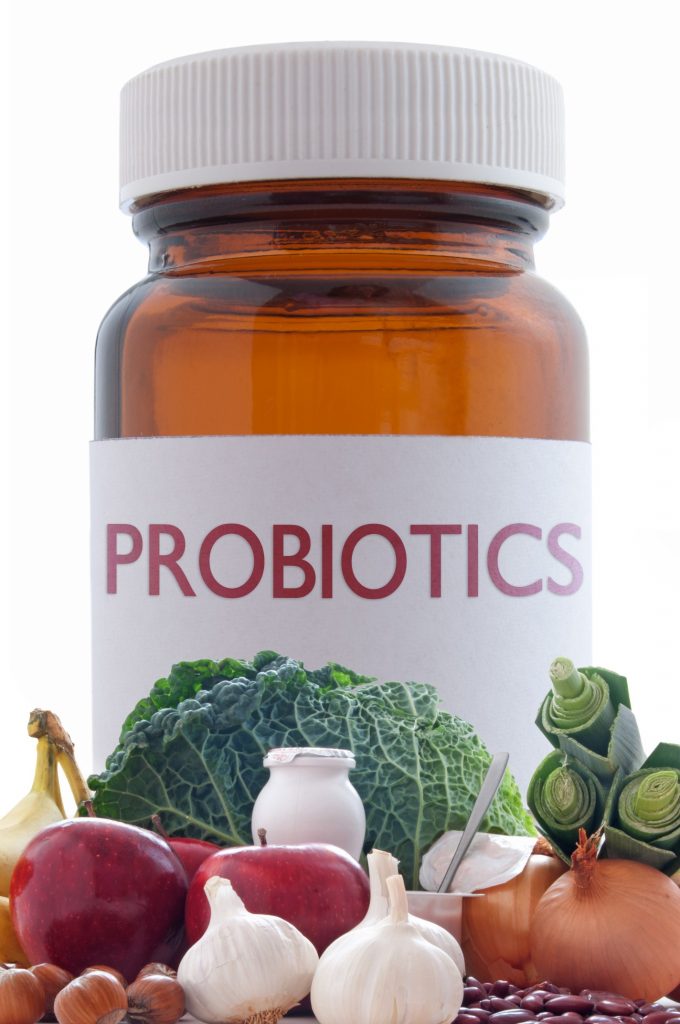 Probiotics:
Probiotics: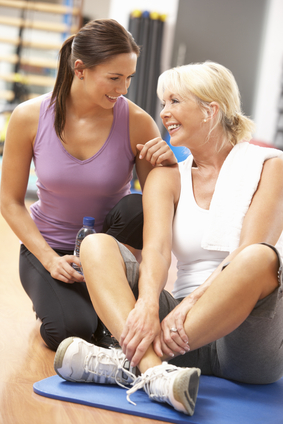
 It’s not quite that simple, although most things you will read will tell you that any form of physical activity is helpful. There is a lot of truth to it. Physical activity at any age is beneficial and for women during mid-life exercising carries additional substantial health benefits. The menopausal transition is associated with many health risk factors such as increased risk for cardiovascular disease, osteoporosis, decreased bone mineral density, metabolic syndrome, and musculoskeletal symptoms. Exercise prescriptions for those health risks are the same as for non-menopausal women.
It’s not quite that simple, although most things you will read will tell you that any form of physical activity is helpful. There is a lot of truth to it. Physical activity at any age is beneficial and for women during mid-life exercising carries additional substantial health benefits. The menopausal transition is associated with many health risk factors such as increased risk for cardiovascular disease, osteoporosis, decreased bone mineral density, metabolic syndrome, and musculoskeletal symptoms. Exercise prescriptions for those health risks are the same as for non-menopausal women.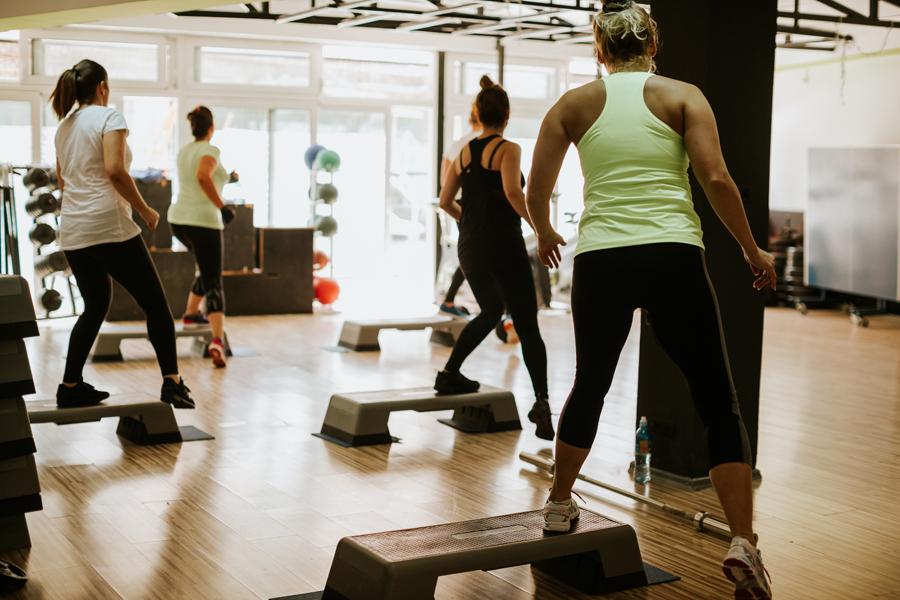
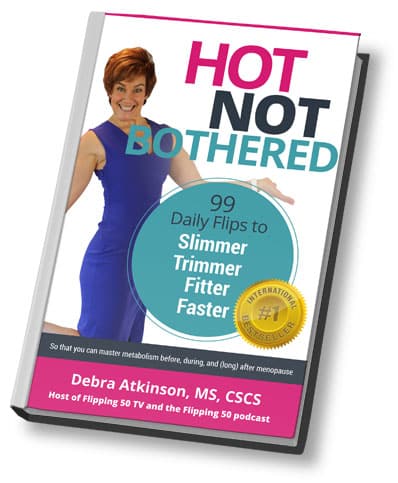
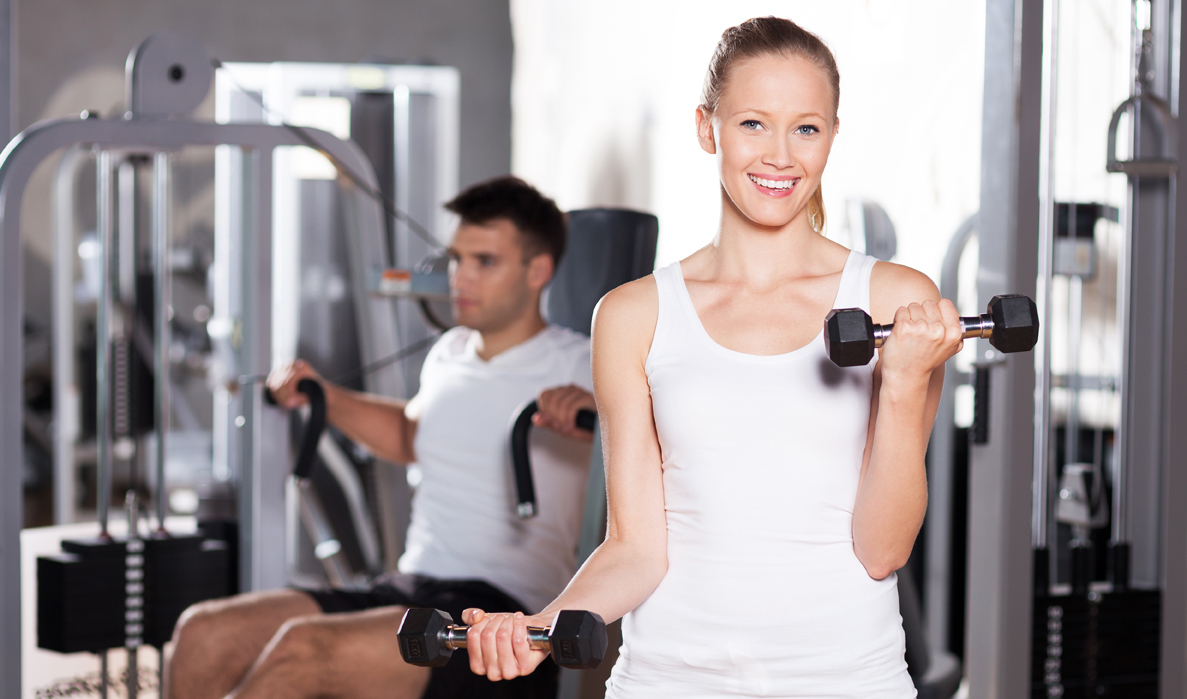

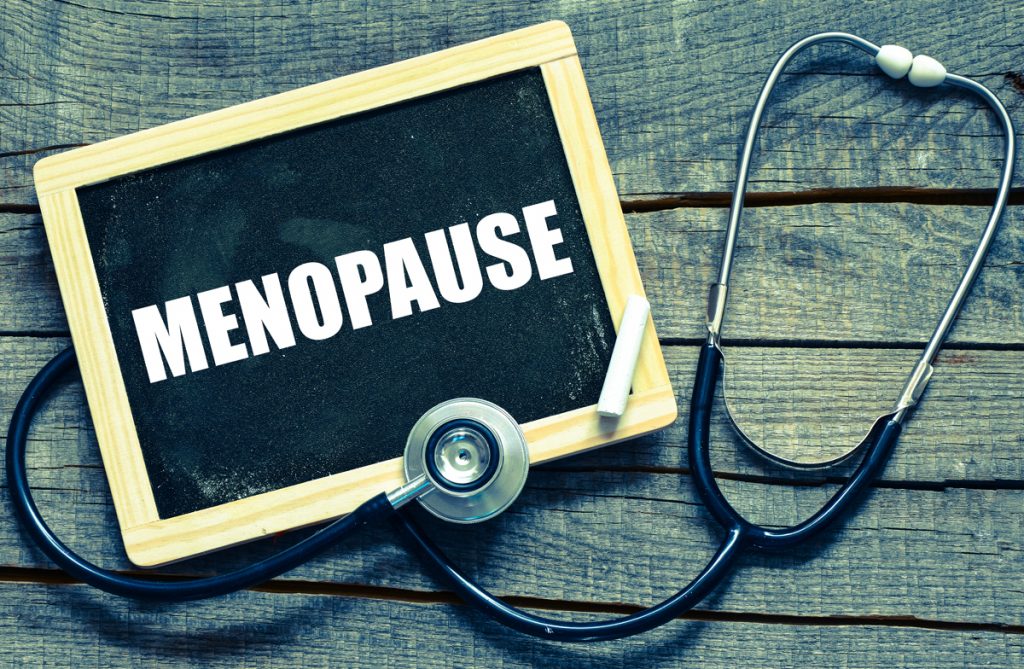
 Symptoms – oh no!
Symptoms – oh no!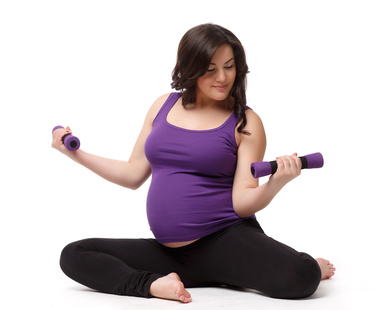
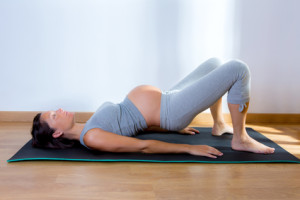 The understandable fear (due to things like decreased oxygen supply to the baby) that existed with pregnancy & exercise years ago is no longer warranted. Because of substantial research, it is now safe for women to continue or start exercising while pregnant. As long as she gets approval from her doctor & seeks out a qualified and certified fitness professional, she should be confident in knowing that the recommendations below will help her.
The understandable fear (due to things like decreased oxygen supply to the baby) that existed with pregnancy & exercise years ago is no longer warranted. Because of substantial research, it is now safe for women to continue or start exercising while pregnant. As long as she gets approval from her doctor & seeks out a qualified and certified fitness professional, she should be confident in knowing that the recommendations below will help her. 4. Weight Training Exercise: Circuiting training has shown to be very effective for mother’s to be throughout their entire pregnancy. These include exercises that work the entire body and can be performed back to back with little rest in between. I recommend exercises that work the following muscles: legs, chest, back, shoulders and arms. They can be done 2-3 days/week, 1-2 sets of 12-15 reps. The rest period can be in between 45-75 seconds.
4. Weight Training Exercise: Circuiting training has shown to be very effective for mother’s to be throughout their entire pregnancy. These include exercises that work the entire body and can be performed back to back with little rest in between. I recommend exercises that work the following muscles: legs, chest, back, shoulders and arms. They can be done 2-3 days/week, 1-2 sets of 12-15 reps. The rest period can be in between 45-75 seconds.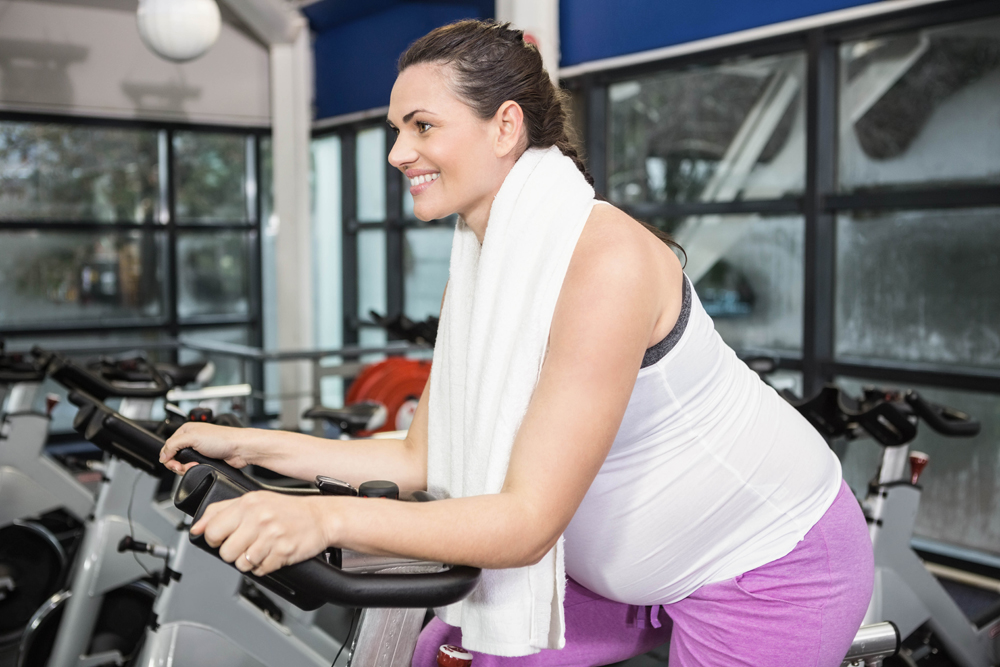
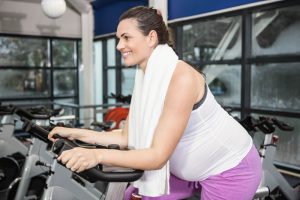 Weight-bearing exercise such as walking, dancing, and running help maintain bone mass and some studies suggest they are more effective for keeping pregnancy weight gain within normal limits. As pregnancy progresses some women may not be able to continue weight-bearing exercise because of back or round ligament pain. If modifications such as wearing a belly support don’t relieve discomfort, switching to non-weight-bearing activities such as swimming, stationary biking, or other types of stationary exercise equipment is recommended.
Weight-bearing exercise such as walking, dancing, and running help maintain bone mass and some studies suggest they are more effective for keeping pregnancy weight gain within normal limits. As pregnancy progresses some women may not be able to continue weight-bearing exercise because of back or round ligament pain. If modifications such as wearing a belly support don’t relieve discomfort, switching to non-weight-bearing activities such as swimming, stationary biking, or other types of stationary exercise equipment is recommended.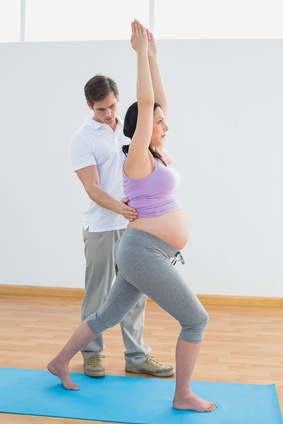
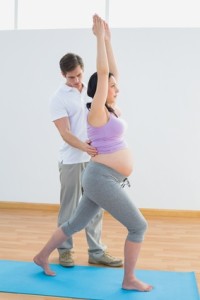 Exercise duration during pregnancy should reflect a woman’s current level of fitness and the type of activity she is doing. If you’re working with someone who’s just starting a prenatal exercise program the duration will be shorter (15-20 minutes) and progress slowly over time to 30-60 minutes. A pregnant woman who is already taking part in a fitness routine can continue with her current duration level, but exercise duration should be modified as needed to enable her to achieve a moderate to somewhat hard level of intensity without discomfort or undue fatigue.
Exercise duration during pregnancy should reflect a woman’s current level of fitness and the type of activity she is doing. If you’re working with someone who’s just starting a prenatal exercise program the duration will be shorter (15-20 minutes) and progress slowly over time to 30-60 minutes. A pregnant woman who is already taking part in a fitness routine can continue with her current duration level, but exercise duration should be modified as needed to enable her to achieve a moderate to somewhat hard level of intensity without discomfort or undue fatigue.